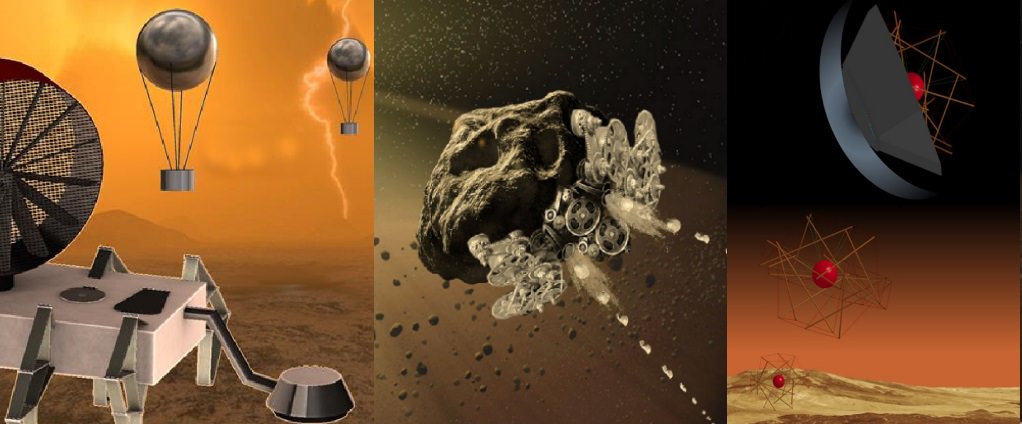Fusion power is the technology that is thirty years away, and always will be – according to skeptics at least. Despite its difficult transition into a reliable power source, the nuclear reactions that power the sun have a wide variety of uses in other fields. The most obvious is in weapons, where hydrogen bombs are to this day the most powerful weapons we have ever produced. But there’s another use case that is much less destructive and could prove much more interesting – space drives.
Continue reading “Impatient? A Spacecraft Could Get to Titan in Only 2 Years Using a Direct Fusion Drive”NASA Invests In Radical Game-Changing Concepts For Exploration
Every year, the NASA Innovative Advanced Concepts (NIAC) program puts out the call to the general public, hoping to find better or entirely new aerospace architectures, systems, or mission ideas. As part of the Space Technology Mission Directorate, this program has been in operation since 1998, serving as a high-level entry point to entrepreneurs, innovators and researchers who want to contribute to human space exploration.
This year, thirteen concepts were chosen for Phase I of the NIAC program, ranging from reprogrammed microorganisms for Mars, a two-dimensional spacecraft that could de-orbit space debris, an analog rover for extreme environments, a robot that turn asteroids into spacecraft, and a next-generation exoplanet hunter. These proposals were awarded $100,000 each for a nine month period to assess the feasibility of their concept.
Continue reading “NASA Invests In Radical Game-Changing Concepts For Exploration”


